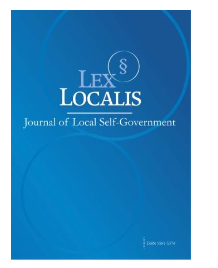INVESTIGATING THE CYBERSECURITY RISKS ON DIGITAL BANKING SYSTEM
DOI:
https://doi.org/10.52152/801774Keywords:
Cybersecurity, Digital Banking, Cyber Threats, Financial Stability, ARDL Model, Regulatory Compliance, BrazilAbstract
Against the backdrop of accelerating digital transformation in the banking sector and escalating cyber threats, this study critically examines the cybersecurity challenges confronting financial institutions. The pervasive adoption of digital banking services has heightened exposure to cyber risks, necessitating an evaluation of existing protective frameworks and strategic improvements to enhance resilience. Using an Autoregressive Distributed Lag (ARDL) model with Brazilian time-series data (1995–2023), this research analyzes the impact of cybersecurity risks on digital banking adoption, considering regulatory quality, credit depth, and internet penetration as moderating factors. Findings reveal that credit expansion (LCR) significantly drives mobile banking adoption (β = 16.67, p < 0.01), while regulatory quality (REGQUAL) imposes short-term adoption costs (β = -41.28, p < 0.01). Cybersecurity infrastructure, proxied by secure internet servers, showed an insignificant long-run effect, suggesting that financial inclusion policies may outweigh security concerns in emerging markets. The study concludes with policy recommendations for balancing cybersecurity mandates with digital banking growth, emphasizing credit access, regulatory efficiency, and AI-enhanced threat detection.
Downloads
Published
Issue
Section
License
Copyright (c) 2025 Lex localis - Journal of Local Self-Government

This work is licensed under a Creative Commons Attribution-NonCommercial-NoDerivatives 4.0 International License.








